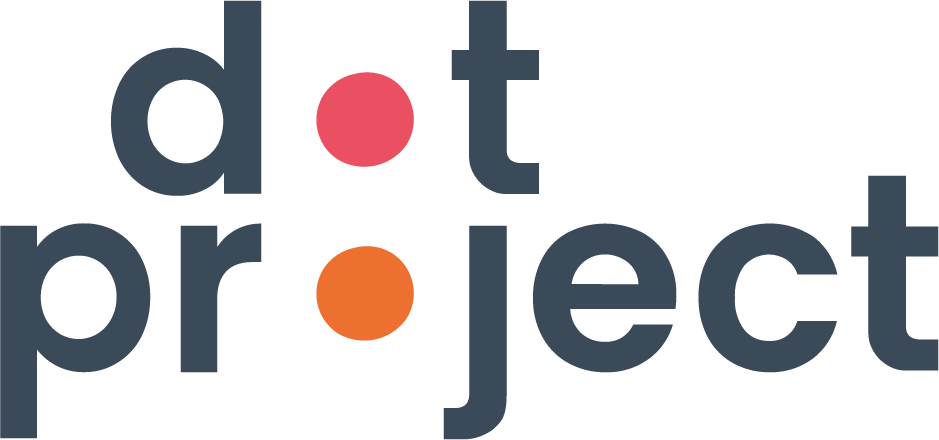Tips for working in partnership
As part of the Beyond programme, we worked with 20 organisations across Mental Health and Sexual Abuse and Domestic Violence to address challenges that have emerged during Covid-19. Here are their top-tips on partnership working.
The Sector Challenge Programme has brought together a range of civil society organisations and digital partners to collectively address the challenges arising in nonprofits affected by Covid-19.
With a third national lockdown, tight project timelines and building teams from scratch, each project has displayed some incredible ways of working and methods to build relationships. This blog sets out of some of the methods and approaches that really resonated:
#1 Create shared understanding, expectations and alignment
Our teams built alignment in a number of ways. Some worked together to collectively examine the challenge, and how each organisation understood and experienced that challenge. Following this, they opened each meeting and workshop with a reminder of the sector challenge - helping create focus and alignment in the team.
Another team developed a shared glossary of terms, providing clarity on some of the language and acronyms we find ourselves using in digital or sexual abuse/domestic violence sectors. Anyone in the project could submit a new term for the glossary. A shared understanding of terminology enhanced the collective knowledge of the team, and ensured everyone was on the same page.
#2 Use a range of communication methods
Communication is integral to project success. We all have our own unique styles and preferences for how we like to send and receive information - and managing this across multiple organisations is no mean feat!
In our experience, providing a range of project and team communications supports more cohesive team working. Balancing in person communication through video calls, alongside asynchronous through tools like Slack caters to different preferences. It’s also easier for people to catch up on the conversation if they missed a session.
With the move to agile project delivery, there’s been a tendency for traditional project management approaches to fall by the wayside. A really simple, but highly effective way to keep everyone updated on project progress and next steps is a weekly highlight or progress report. If your colleagues are managing multiple other responsibilities and demands, a weekly reminder of where you are and what’s coming up is invaluable.
#3 Set up mechanisms to gather and respond to group feedback
Partnership working can be new for some organisations. To ensure the best possible experience for everyone, it’s a good idea to gather and respond to feedback. Providing a variety of methods for feedback is key. Some people like 1:1 meetings alongside in the moment feedback after group sessions. Other teams may prefer to circulate short surveys to get your teams views.
A weekly roundup of progress and feedback, can also be helpful. In this approach, the entire team's feedback can be shared, as can how the partnership has (or hasn’t in some cases) addressed that feedback. This element of transparency is key to building open and honest communication.
#4 Build equitable relationships
Working in partnership requires everyone to be treated as equal partners and co-creators. You can create equitable conditions by acknowledging the variety of skills and experiences around the table, and how team members could bring these experiences to the fore in their role as ‘designers’ on this project.
If budget is available, you can pay for participants' time in user research or usability testing. Another approach could be involving experts by experience on your project teams. Creating reciprocity allows for more equitable relationships throughout the projects.
#5 Use the collective expertise of the entire team
Working in partnership means using the collective expertise of your entire team. This might include:
Civil society organisations taking the lead on defining safeguarding processes and governance for their peer support concept
Civil society organisations leading on testing concepts with the communities they support
Creating content that sets out your experiences through partnership working
Using the collective expertise of your team means projects feel like a collaborative effort, rather than being solely led by a particular person or organisation. It also means that everyone is exposed to new skills and knowledge.
